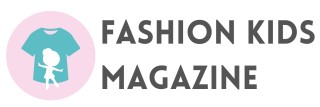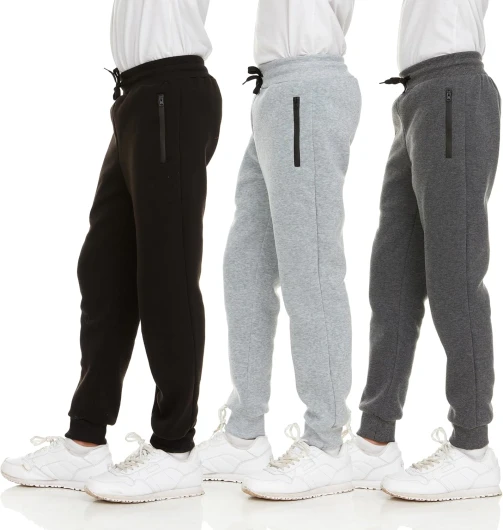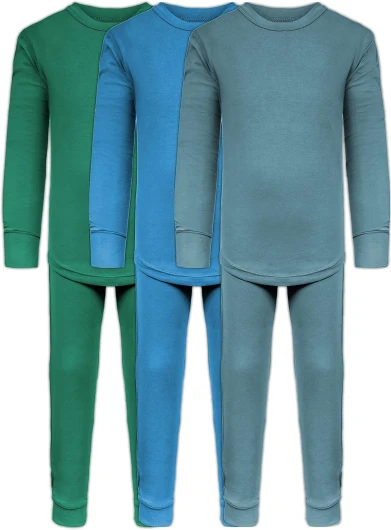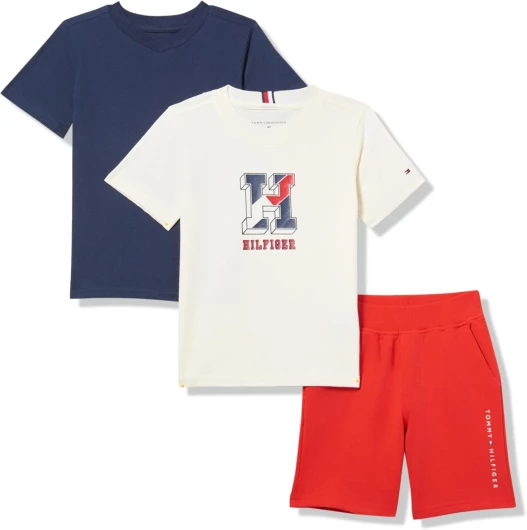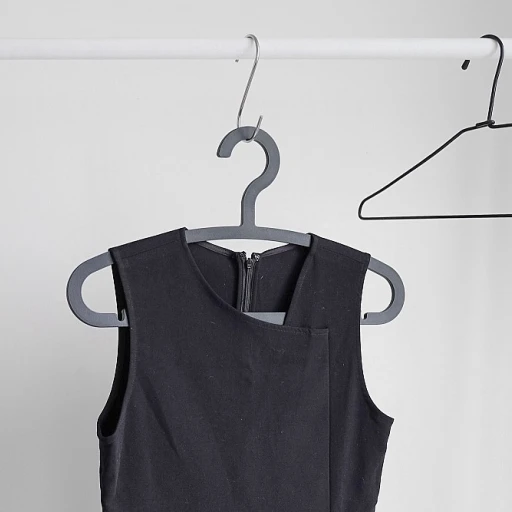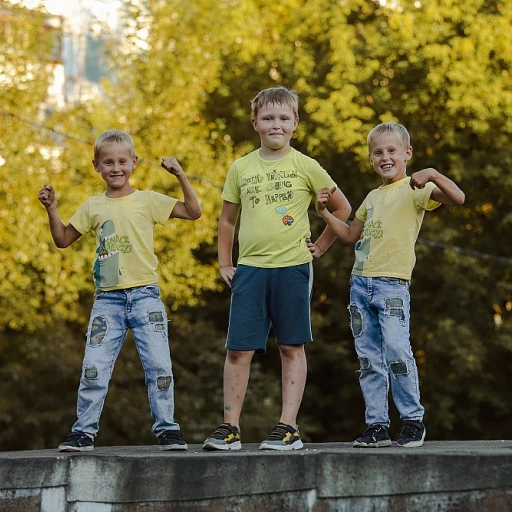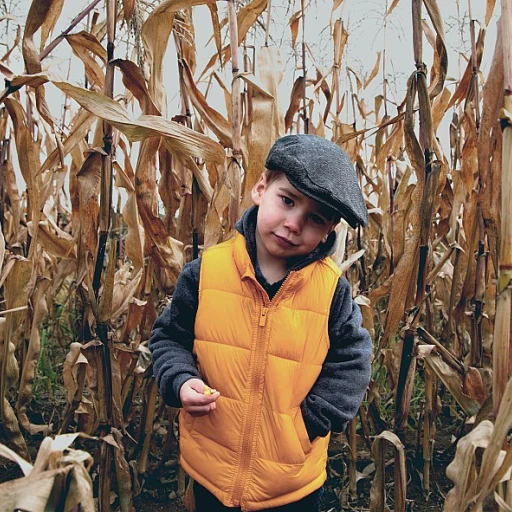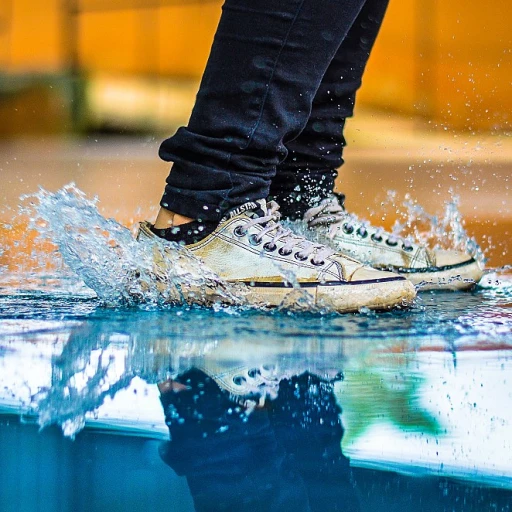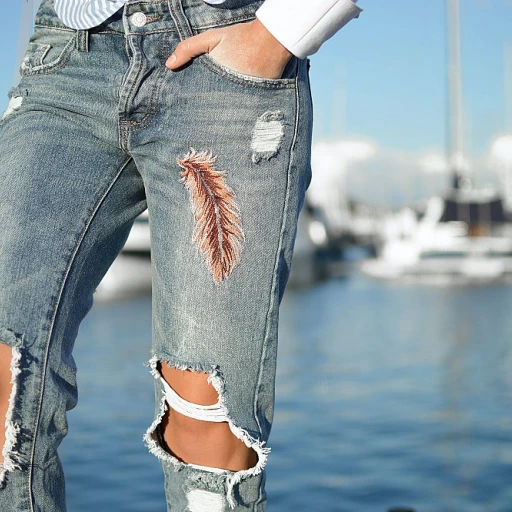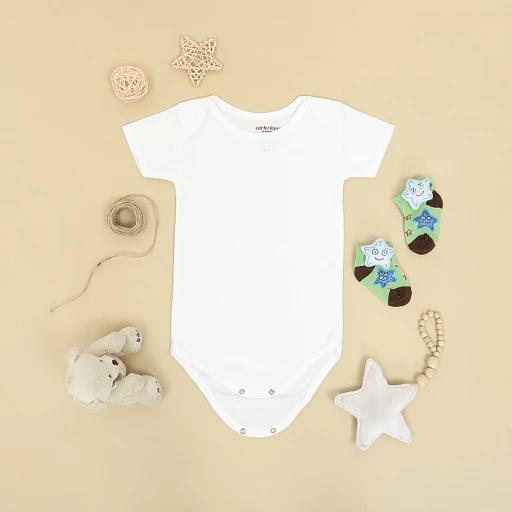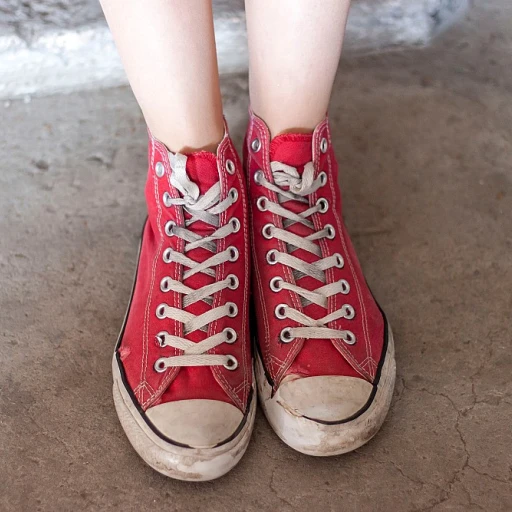The Evolution of Kidswear Fashion
The Journey from Practicality to Style
Kidswear fashion has come a long way from its humble beginnings. Initially, children's clothing was all about practicality and durability. Parents prioritized comfort and ease of wear, focusing on simple designs that allowed children to move freely. However, as fashion trends evolved, so did the world of kidswear.
Today, children's fashion is a vibrant and dynamic industry, reflecting the same creativity and diversity seen in adult fashion. The shift towards more stylish and trendy clothing for kids has been influenced by various factors, including cultural changes and the growing importance of personal expression, even for the youngest members of society.
Influence of Adult Fashion on Kidswear
One of the most significant changes in kidswear fashion is the influence of adult fashion trends. Designers now create mini versions of popular adult styles, allowing children to dress in a way that mirrors their parents' fashion choices. This trend is evident in the rise of red bloomers and other stylish pieces that have become staples in children's wardrobes.
Moreover, the concept of 'mini-me' fashion has gained popularity, where parents and children wear coordinated outfits. This trend not only strengthens the bond between parents and children but also makes dressing up a fun and engaging activity.
From Functionality to Fashion Statements
While functionality remains a key consideration, kidswear has transformed into a platform for making fashion statements. Brands are now focusing on creating collections that are not only comfortable but also stylish and unique. This shift is evident in the growing demand for high-quality materials like organic cotton and natural fibers, which cater to the sensitive skin of babies and children.
As we explore further, the role of sustainability and technology in shaping kidswear fashion becomes apparent. These elements are crucial in ensuring that the industry continues to grow responsibly, offering parents the best options for their children's clothing needs.
Trends Shaping Kidswear Today
Modern Kidswear Influences: Style and Functionality
In the rapidly evolving world of kidswear, trends have become more dynamic, reflecting diverse cultural influences and advancements in technology. Today, children's fashion offers an engaging mix of playful and functional designs, allowing children to express their personalities while ensuring comfort and practicality.
Fashion trends in kids clothing are heavily influenced by adult fashion, yet tailored to suit the unique needs of children. Stylish adaptations of adult fashion elements make kids clothes not only trendy but also child-friendly. The incorporation of natural fibers like organic cotton has become prevalent, addressing concerns of comfort and sensitive skin, particularly in baby clothes.
Winter clothes for both girls and boys often emphasize vibrant colors and intricate patterns, ensuring that bundling up doesn't compromise on style. The winter fashion collection for children often includes layering options that focus on freedom of movement and warmth, while still being aesthetically pleasing.
Parents are increasingly invested in trendy yet practical outfits for their little ones. They look for girls collections that combine elegance with ease of movement, and boys outfits that balance robustness with modern design. High-quality clothing that lasts and maintains its stylish appeal is a priority.
The opportunity for children to explore their style preferences is more pronounced than ever. From chic baby girl dresses to trendy outfits boys will wear with pride, kids fashion has never been more exciting. Those interested in the latest kidswear trends may want to explore the trendy world of camouflage swimwear, which has made a splash in the kids fashion arena.
As the fashion landscape continues to change, the meticulous attention to clothing detail, fabric choice, and design ensures that both children and parents find satisfaction in the realm of kids fashion. Whether it’s about dressing for a winter adventure or an everyday outing, the options are both endless and exciting.
Sustainability in Kids Fashion
Embracing the Green Side of Kids Fashion
In the fast-evolving realm of baby and children clothing, sustainability has taken center stage, influencing not only the materials used but also the mindset of fashion producers and consumers alike. The shift towards eco-friendly options in kids fashion isn't just a passing trend; it's a movement towards ensuring that the next generation grows up with a strong sense of environmental stewardship.
Parents are more conscientious than ever about the impact that kids clothes have on the planet as well as on sensitive skin. This awareness drives the growing demand for children clothing made from natural fibers such as organic cotton. Known for its softness and hypoallergenic properties, organic cotton is ideal for baby clothes, ensuring both style and comfort without compromising the health of a child’s delicate skin.
As the winter months approach, you'll notice winter fashion collections incorporating these sustainable materials. Many fashion brands have responded by ensuring that winter clothes, whether they're part of a girls collection or boys wear, maintain high quality without surrendering sustainability. The appeal of environmentally-friendly kids clothing lies not only in its comfort style but in how it resonates with parents' desire to provide the best for their children.
Furthermore, the concept of sustainability in children fashion isn't limited to fabrics. It extends to ethical production practices, fair trading, and the longevity of the articles themselves—qualities that many parents now carefully consider when choosing kidswear. As more fashion blogs and brands embrace this trend, resources such as discovering the latest accessory must-haves like stylish beanies for kids can also offer eco-friendly alternatives.
As we look to the future of kids fashion, it becomes clear that sustainable practices will not only shape the clothes that children wear but will contribute to a broader change in the fashion lifestyle we choose to lead. From winter clothes to more casual attire, integrating sustainability into every season will continue to make strides towards a more responsible and stylish world for our kids to grow up in.
Balancing Style and Comfort
Prioritizing Both Comfort and Aesthetics in Children's Wardrobes
In the vibrant domain of children's fashion, one must not overlook the crucial aspect of crafting clothing that seamlessly blends style with comfort. As parents strive to dress their children in the latest fashion trends while ensuring their wellbeing, the balancing act becomes a noteworthy endeavor.
Dressing children requires special attention to materials and design. Kids clothing, particularly for babies with sensitive skin, benefits immensely from the use of natural fibers like organic cotton. This choice not only offers comfort but also supports a healthy dressing option for kids' sensitive skin, particularly during harsher seasons like winter.
Winter fashion presents its own set of challenges and opportunities. The best winter clothes for kids often prioritize keeping them warm without sacrificing style. Pitti Bimbo, a noteworthy event in the kids fashion scene, showcases various high-quality collections that marry both warmth and aesthetics, ensuring kids are dressed stylishly during those chilly months.
When it comes to children clothing, the choices made by parents play a pivotal role in determining not just the appearance but also the wearability of the outfits. Boys and girls collections are increasingly becoming more versatile, with boys' clothes that offer trendy styles rooted in comfort, while outfits for girls are designed to be equally stylish and comfortable.
The evolution of kidswear fashion emphasizes a shift towards inclusivity in choices, ensuring both boys and girls have access to clothing that is chic yet suitable for everyday wear. As the fashion landscape for children continues to transform, the importance of balancing style and comfort within children's wardrobes will remain at the forefront of this dynamic interplay.
The Role of Technology in Kidswear
Innovative Designs Shaped by Technology
In recent years, technology has significantly influenced the landscape of kidswear fashion, bringing innovation and creativity to the forefront of design. Parents often seek the ideal blend of style and practicality for their children, and with technological advancements, children's clothing has reached unprecedented heights of versatility and function.
Firstly, 3D printing is revolutionizing the way kids' clothes are conceptualized and produced. This cutting-edge technology allows designers to create unique patterns and structures that add a fresh dimension to both texture and style. The potential for creating intricate designs without excessive waste aligns closely with ongoing sustainability efforts within the children's fashion industry, offering creative freedom while being eco-consciously responsible.
Moreover, smart clothing equipped with technology, such as body sensors, is emerging in the realm of children's fashion. These garments offer added benefits for parents and children alike, providing insights on body temperature, movement, and even sleep patterns. As winter approaches, these smart technologies ensure boys and girls dressed in winter clothes benefit from additional layers of protection and comfort.
The integration of virtual and augmented reality in the shopping experience also plays a role in transforming kidswear fashion. Virtual fitting rooms and 3D visualizations enable parents to make informed decisions about style, fit, and suitable season-specific attire for their kids, enhancing the shopping experience and ensuring satisfaction.
Technology also aids in fabric enhancement, with fibers such as organic cotton being increasingly used due to their comfort and suitability for sensitive skin. The latest textile innovations help produce high-quality children's clothing that maintains its integrity even after repeated wears and washes, ensuring durability that aligns with the playful nature of children.
While embracing technological advances, clothing for babies and kids maintains its essential commitment to comfort and style, offering an evolving fusion that appeals to parents and children alike. As trends continue to evolve, technology will undoubtedly remain a key player, driving forward the ever-changing world of children's fashion.
Cultural Influences on Kids Fashion
Global Cultural Inspirations in Kids Fashion
As we journey through the ever-evolving landscape of children's clothing, it's fascinating to observe how cultural elements from around the world influence what youngsters wear. The vibrant tapestry of global traditions, rich colors, and distinct patterns continually inspire designers to incorporate bits and pieces from various heritages in their collections for children. This melting pot approach not only enriches the aesthetic appeal of kids fashion but also makes way for a meaningful dialogue on cultural diversity.
When it comes to baby clothes and kidswear, traditional motifs and fabrics are often reimagined to suit modern tastes. For instance, intricate embroidery from one region might be paired with the bright, bold textiles of another to create truly one-of-a-kind pieces. The blending of these elements allows for a celebration of international art forms through style, providing children with an opportunity to literally dress in pieces of history while feeling connected to a broader cultural narrative.
Moreover, today's parents are increasingly valuing children's clothing that tells a story or echoes cultural heritage, reflecting an appreciation for authenticity. This shift is reflected during events like Pitti Bimbo, a prominent platform in the fashion lifestyle realm where cultural influences are proudly showcased on global stages.
Aside from aesthetic appeal, the choice of materials also serves as an homage to cultural traditions. Natural fibers such as organic cotton are preferred by many for their connection to earth-friendly practices, but they also nod to artisanal methods traditional in many cultures. The soft, breathable nature of these fabrics aligns with the high standards of comfort and style essential in children's wear, catering to the sensitive skin of babies and young children while keeping them cozy during the winter months.
Cultural influences don't just stop at the clothes themselves; they extend into the seasonal trends that dictate how fashion-forward families choose to outfit their children. The combination of comfort, style, and sustainability underscores the prevailing fashion trends—allowing parents to dress their kids in ways that are both stylish and sensitive to cultural nuances. Such influences are visibly woven into collections for both boys and girls, making every dressing choice a potential exploration of the world, right from their closets.

